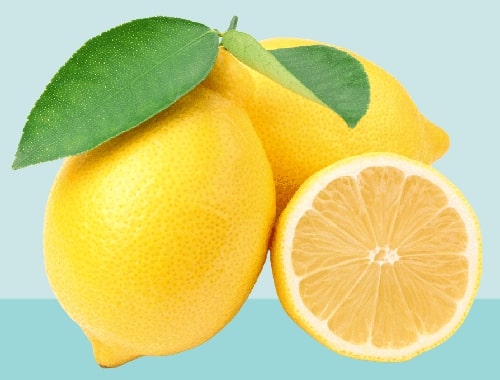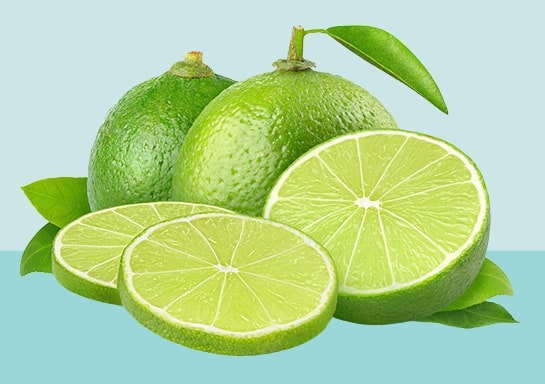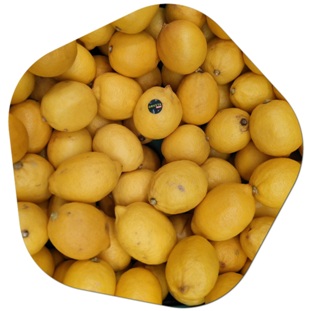Do lemons grow in the United States?
Yes, lemons do grow in the United States. While the primary lemon-producing regions are in warmer climates, such as California and Arizona, lemons are cultivated in several states across the country.
California, especially the southern part of the state, is the largest lemon-producing region in the United States. The climate in California’s Central Valley and Southern California is well-suited for lemon cultivation, and the state is a significant contributor to both domestic and international lemon markets.
Arizona is another state with suitable conditions for lemon cultivation. Other states, such as Florida, Texas, and some parts of the Gulf Coast, also grow lemons to a lesser extent. However, the scale of production varies from region to region, and California remains the primary lemon-producing state in the U.S.
Do lemons grow in the US?
Yes, lemons do grow in the United States. The primary lemon-producing state in the U.S. is California, specifically in regions with a Mediterranean climate like the southern part of the state. California is known for its large-scale lemon production, and it’s a major contributor to both domestic and international lemon markets.

Lemons are also grown to a lesser extent in other states with suitable climates, such as Arizona, Florida, Texas, and certain areas along the Gulf Coast. However, California stands out as the main lemon-producing region in the United States. The warm climate and suitable soil conditions in these regions contribute to successful lemon cultivation.
Where do lemons grow in the US?
Lemons are primarily grown in California, particularly in regions with a Mediterranean climate that provides the right conditions for their cultivation. The main lemon-producing areas in the United States are:
- California: California is the leading lemon-producing state in the U.S. Within California, the following regions are notable for lemon cultivation:
- San Joaquin Valley: This central valley region is a major lemon-producing area, including cities like Fresno and Visalia.
- Southern California: Regions like Ventura County, Riverside County, and San Diego County also have significant lemon cultivation.
- Arizona: Arizona, especially in areas with warm and arid climates, also grows lemons. Yuma County is a notable lemon-producing region in Arizona.
- Florida: While Florida is more known for its production of other citrus fruits like oranges and grapefruits, some parts of the state, especially the southern parts, also grow lemons.
- Texas: Certain parts of Texas, like the Rio Grande Valley and the Lower Rio Grande Valley, have conditions suitable for growing lemons.
- Gulf Coast States: Some areas along the Gulf Coast, including Louisiana and Mississippi, have limited lemon cultivation.

It’s important to note that while lemons are grown in these regions, the scale of production can vary. California remains the dominant lemon-producing state in the U.S., and the majority of the country’s commercial lemon production comes from this state. Lemons grown in the United States >>
Can I grow lemon in pots in the United States?
Yes, you can successfully grow lemon trees in pots in the United States, particularly in regions where the climate might not be optimal for planting them directly in the ground. Growing lemon trees in pots, also known as container gardening, allows you to control the environment and easily move the tree indoors or to a more sheltered area during colder months if needed. Here are some tips to consider when growing lemon trees in pots in the U.S.:
- Selecting the Right Lemon Variety: Choose a lemon variety that is well-suited for container gardening. Dwarf or semi-dwarf varieties are often recommended because they tend to be more manageable in size and better suited for confined spaces.
- Choosing the Right Pot: Select a large, sturdy pot with good drainage holes. The size of the pot will depend on the size of the lemon variety you choose, but generally, a pot that is at least 18 to 24 inches in diameter and depth is a good starting point.
- Potting Mix: Use a well-draining potting mix suitable for citrus trees. You can find specialized citrus potting mixes or create a mix by combining potting soil with sand or perlite for improved drainage.
- Location: Place the potted lemon tree in a location that receives ample sunlight. Lemon trees require full sun to thrive, so a sunny spot like a south-facing patio or balcony is ideal.
- Watering: Keep the soil consistently moist but not soggy. Allow the top inch of soil to dry out before watering again. Overwatering can lead to root rot, so ensure proper drainage.
- Fertilization: Lemon trees in pots will benefit from regular fertilization. Use a balanced, slow-release fertilizer formulated for citrus trees. Follow the instructions on the fertilizer label.
- Pruning: Prune your lemon tree to maintain its shape, encourage air circulation, and remove any dead or unhealthy growth.
- Pest and Disease Management: Keep an eye out for common citrus pests like aphids and scale insects. Regularly inspect your lemon tree and take appropriate action if pests are detected.
- Protection from Cold: If you live in a colder climate, be prepared to move the potted lemon tree indoors or to a sheltered location when temperatures drop. Lemon trees are sensitive to cold temperatures and might require protection.
- Repotting: As the lemon tree grows, you may need to repot it into a larger container every few years to provide enough space for its roots to grow.
Keep in mind that growing lemon trees in pots requires attention to their specific needs, but with proper care, you can enjoy fresh lemons even in areas where the climate might not be ideal for outdoor planting.
What are the types of lemons grown in America?
In the United States, several types of lemon varieties are grown, each with its own unique characteristics and uses. Some of the lemon varieties commonly grown in America include:

- Eureka Lemon: Eureka lemons are one of the most common lemon varieties in the United States. They have a classic lemon shape and a bright yellow color. Eureka lemons are known for their tart flavor and are used for both culinary and commercial purposes.
- Lisbon Lemon: Similar in appearance to Eureka lemons, Lisbon lemons are also widely grown in the U.S. They have a strong lemony aroma and a tangy taste. Lisbon lemons are often used in cooking, baking, and making lemonade.
- Meyer Lemon: Meyer lemons are a popular variety known for their sweeter and less acidic flavor compared to traditional lemons. They have a thin, smooth skin and a rounder shape. Meyer lemons are often used in desserts, cocktails, and as a garnish.
- Bearss Lemon: Also known as “Bearss Seedless” or “Sicilian” lemons, Bearss lemons are larger than Eureka and Lisbon lemons. They have a mild, tangy flavor and are often used in culinary applications, including cooking and garnishing.
- Ponderosa Lemon: Ponderosa lemons are larger than most other lemon varieties and have a thick, bumpy skin. They have a somewhat sweeter taste compared to traditional lemons and are often used for their decorative appearance.
- Frost Lemon: Frost lemons are typically grown in California and are known for their cold tolerance. They have a rounded shape and a mild, tangy flavor.
- Improved Meyer Lemon: This is a hybrid lemon variety that combines the traits of Meyer lemons with improved disease resistance. It retains the sweet, slightly floral flavor of Meyer lemons.
These are some of the lemon varieties commonly grown and enjoyed in the United States. The choice of variety depends on factors such as taste preferences, culinary uses, and regional climate conditions. Lemon grown in America >>





